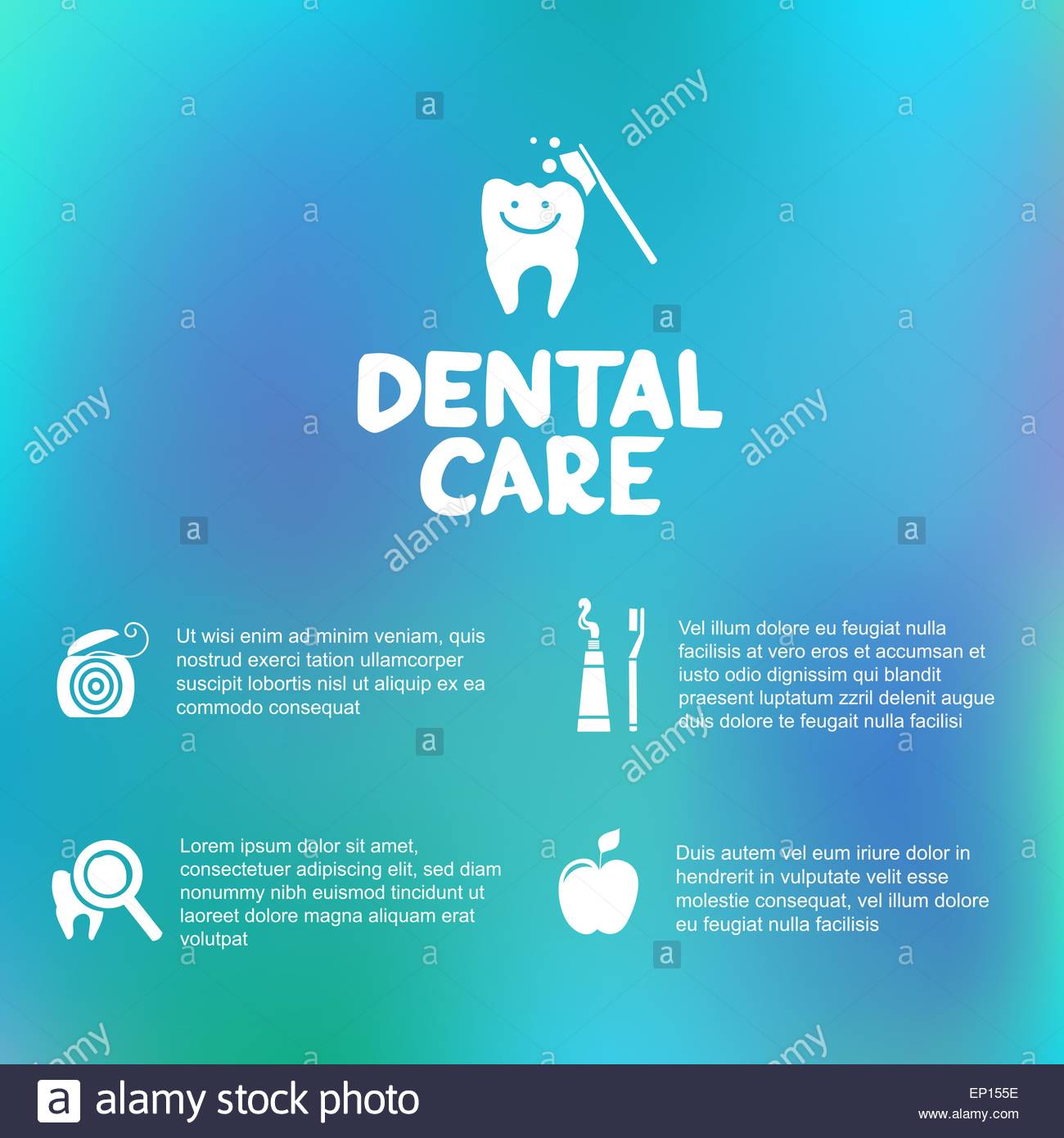The Comprehensive Overview To Addressing Oral Emergencies: Emergency Dental Professional Edition
The Comprehensive Overview To Addressing Oral Emergencies: Emergency Dental Professional Edition
Blog Article
Post Composed By-Jarvis Chen
When faced with an abrupt dental emergency, the last thing you want to do is panic. Imagine having the knowledge and tools at your fingertips to take care of the situation with confidence and composure. From knowing exactly how to offer instant alleviation to finding the ideal emergency situation dental practitioner quickly, being prepared can make all the distinction in a dilemma. Remain tuned to uncover the important steps and expert suggestions that will equip you to navigate dental emergencies successfully.
Recognizing Usual Oral Emergencies
Recognize typical oral emergencies by understanding the signs and symptoms that suggest immediate care is needed. Serious toothaches that are relentless and pain could be an indicator of an underlying issue like an abscess or infection.
Swelling of the face or gums accompanied by discomfort may additionally suggest a severe problem. If you experience hemorrhaging from the mouth that does not stop, maybe a dental emergency calling for instant focus.
Injuries to the mouth resulting in a split, broken, or knocked-out tooth are also situations where immediate oral treatment is essential.
Various other usual oral emergency situations consist of a lost filling or crown, creating discomfort and level of sensitivity. Overlooking these indications might cause more complications, so seeking punctual therapy is vital.
Immediate First Aid for Dental Injuries
In cases of dental injuries, providing immediate emergency treatment can assist minimize pain and prevent additional complications. If you experience a knocked-out tooth, manage it by the crown (top part) and gently rinse off any kind of dust with water. Try to reinsert the tooth back right into the socket, or if that's not possible, store it in a container of milk or saliva up until you can see a dental professional.
For a broken or damaged tooth, wash your mouth with warm water and apply a cold compress to decrease swelling. If you have a toothache, rinse your mouth with a mixture of warm water and salt to help alleviate discomfort. When it comes to a bitten lip or tongue, tidy the location carefully and apply a cold compress to decrease swelling.
Exactly how to Locate an Emergency Situation Dental Practitioner
When faced with a dental emergency, knowing exactly how to quickly locate an emergency dental practitioner can make all the distinction in getting prompt treatment and relief. Begin by calling your regular dentist first, as they may have emergency situation hours or be able to refer you to another dental expert who can assist.
If it desires hours or you're incapable to reach your dental expert, consider making use of on the internet resources such as dental association websites or emergency situation dental practitioner directories. no insurance dentist near me can provide you with a list of dental practitioners in your area who provide emergency solutions.
An additional alternative is to call your regional healthcare facility or immediate treatment center. They typically have links with emergency situation dental professionals or dental clinics that can help with urgent oral issues.
In cases of serious discomfort, swelling, or injury, don't wait to look for instant help from the nearby emergency clinic.
dentist without insurance near me , knowing just how to identify typical oral emergency situations and taking prompt first aid actions can make a difference in the end result.
Locating an emergency situation dental professional quickly is important, whether via calling your routine dentist, checking on-line resources, or reaching out to neighborhood medical facilities.
Remember, looking for instant help from an emergency room for extreme discomfort or trauma is constantly a priority.
Keep notified and prepared to manage dental emergency situations effectively.
